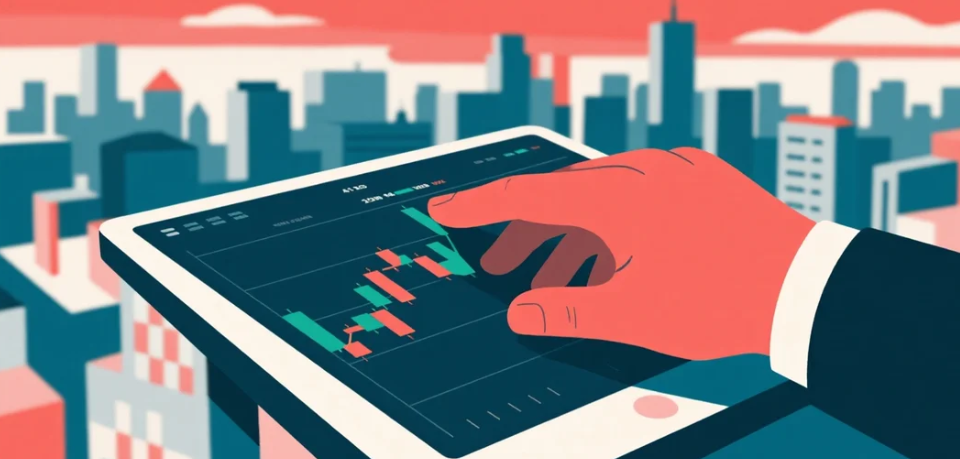
1.
In the early 1980s, Porter's industrial organization theory dominated strategic management. As the core competence theory rapidly developed, its limitations emerged. In dynamic environments, existing core competencies may become burdens. Capability theory faced developmental obstacles in explaining how firms gain competitive advantages in dynamic markets. Against this backdrop, Teece et al. proposed the dynamic capability concept, defined as a firm's ability to integrate, build, and reconfigure internal and external competencies to address rapidly changing environments, though the theory remains exploratory.
Dynamic capabilities refer to a firm's ability to maintain or alter its foundational strategic capabilities. Through resource absorption, integration, learning, and knowledge management, firms acquire new competencies, gradually improving existing ones to sustain competitive advantages in dynamic, complex environments. Explaining the source of competitive advantage remains central to strategic management research.
2.
Historically, explanations of competitive advantage have evolved from external to internal and back, represented by industrial organization theory and resource-based view (RBV).
Industrial organization theory, based on the "S-C-P" paradigm, posits that strategy aims to enhance bargaining power through industry positioning and erect entry barriers. RBV argues competitive advantage stems from unique resources and capabilities, achieved through corresponding value-creation strategies.
The key difference lies in their premises: industrial organization theory emphasizes market positioning, while RBV considers internal unique resources fundamental. In the 1990s, core competence theory emerged within RBV. Praharad and Hamel argued core competencies—with applicability, value, and inimitability—could sustain competitive advantage.
3.
Dynamic capabilities exhibit pioneering characteristics. Originating from resource-based theory while incorporating core competence perspectives, dynamic capabilities focus on innovating to change firm competencies. Innovation drivers can be regenerative or pioneering, as path-dependent regenerative drivers cannot overcome capability inertia. Dynamic capabilities emphasize pioneering learning—transformative learning that provides new strategic concepts long-term—enabling creative destruction for sustained advantage.
Dynamic capabilities demonstrate openness. Built on pioneering drivers, they integrate internal and absorptive knowledge. Since absorptive knowledge bridges internal and external resources, the theory stresses developing abilities to acquire external knowledge—distinct from resource-based and core competence theories emphasizing internal accumulation. This openness enhances flexibility, reducing rigidity.
Dynamic capabilities possess complexity and inimitability. In dynamic environments, they're complex as they're process-based, and processes themselves are complex. Tight interconnections among organizational processes create consistency across levels; altering some processes inevitably changes others, making dynamic capabilities extremely difficult to replicate.
















